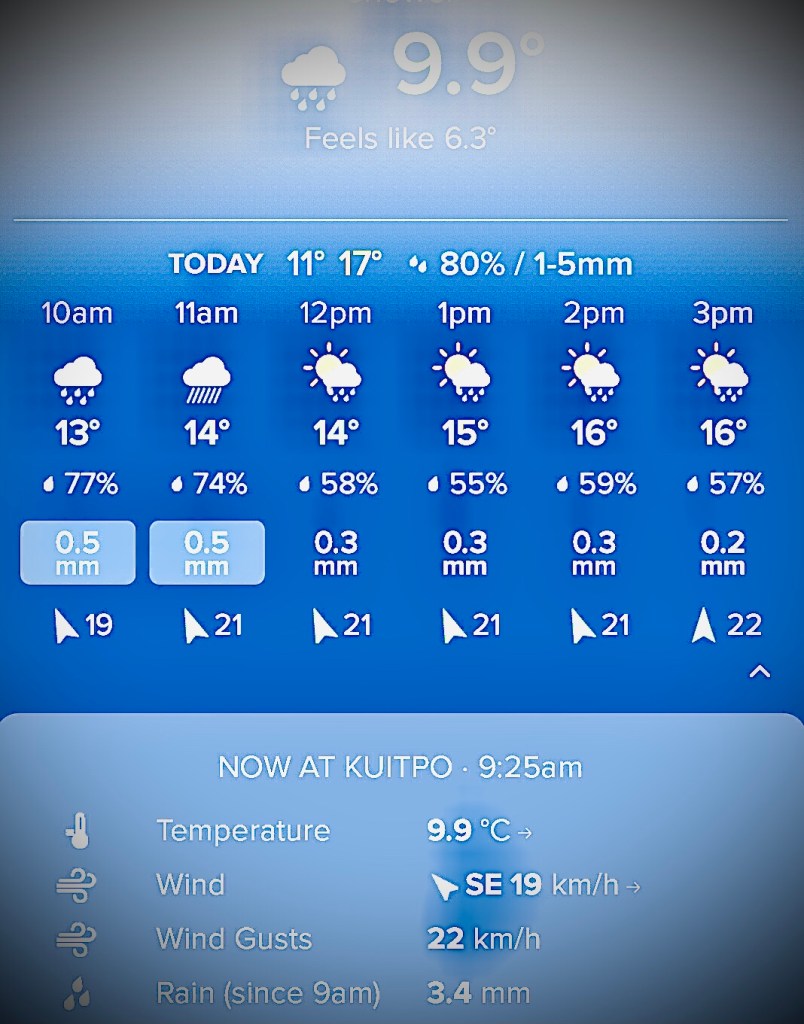
My Introduction..
I have found to my mild alarm1 as a neurolinguistics scholar and indeed as any ana-ngu yet to grasp and relish a second cup of black coffee this morning in Sthn Australia that shalom is an acronym. So now i understand the nitty-gritty oh how it’s come to pass that i as a highly professsional journalist went from being a subscriber to both @Guardian and @GuardianAus five years ago to a dismissive non-reader for weeks on end in 2023. As a student I picked up a copy of.. TPoL and never read it beyond page 20 or nipped to its final chapter either, in which I am informed by Barnes & Noble (a defunct 20th century bookshop chain that no longer offers friendship only stuff) Wolff provides here an examination of four concepts central to liberal political concerns: Liberty, Tolerance, Loyalty, and Power. We need, Wolff states, an ideal of society more exalted than the mere acceptance of opposed interests and diverse customs. We need, moreover, a new philosophy of community, and in his last chapter Wolff undertakes to outline the first steps toward such a philosophy.. damn, I missed that..
And on second thoughts am inordinately if not ‘over-the-moon’ glad I did.
Anyway, scholars, a greeting – in Arabic salām (سَلاَم), Maltese sliem, Hebrew Shalom ( שָׁלוֹם), Ge’ez sälam (ሰላም), Syriac šlama (pronounced Shlama, or Shlomo in the Western Syriac …1
John
Your Chunk of Historic Text:
“But even Professor Bain, friend and biographer of Mill, commented incredulously, ‘he leads us to suppose that the relations of men and women betweeen themselves may work upon a purely voluntary principle.’
“23 years after Mill’s death, Frederic Harrison, the distinguished positivist, in an appreciation of Mill in The Nineteenth Century (September 1896), appeared to find difficulty in restraining himself on this painful subject: ‘The subjection of women is a mere historical sophism in itself. The remedy proposed to cure it is rank moral and social anarchy.’
“- The prolonged and frequently bitter struggle finally overcame all resistance; and the main aims were attained. The right of women to compete with men in virtually every form of employment not exclusively dependent on physical strength is no longer a matter of serious controversy. Nor is there need to speculate what might be achieved by women given equality of opportunity in education. the facts are there for all to see. Mill’s book has dated by the very success of his arguments. This part of the book, trite though it may now seem, remains an eloquent testimony to the climate of opinion ion which Mill was required to argue. That he in no wise exaggerated the power and prejudice of contemporary masculinity is evidenced by the anonymous Blackwood’s reviewer:
“Mill was obviously touching a hypersensitive nerve. Why was this? At one level, the explanation is obvious enough. Much of Mill’s argument demonstrates the potential equality of women with men in vocational and professional terms in order to open the gates of employment to them on the same terms as men. This side of the case led directly in the political field to the whole suffragette campaign. The prolonged and frequently bitter struggle finally overcame all resistance; and the main aims were attained. The right of women to compete with men in virtually every form of employment not exclusively dependent on physical strength is no longer a metter of serious controversy.. Nor is there need to speculate what might be achieved by women given equality of opportunity in education.The facts are there for all to see. Mill’s book has dated by the very success of his arguments. This part of the book, trite though it may now seem, remains an eloquent testimony to the climate of opinion in which Mill was required to argue. That he in no wise exaggerated the power and prejudice of contemporary masculinity is evidenced by the anonymous Blackwood’s reviewer:
“In the world, as we and all mankind that has preceded us have known it, women under no conceivable circumstances can have the law on their side but by the permission of men’; therefore they seem to us to act wisely by owning the natural law of subordination, and submitting to ‘subjection’ as a Bible word… ( Blackwood’s Magazine July-Dec 1869)
“Mill’s choice of title was deliberate and went to the heart of his subject. He was not just discoursing upon the ancient theme of the attributes of the sexual category. He did not believe that the blanket label of sex was used to conceal and stifle at birth the richness and diversity of human creativity. But he was also challenging at the deepest level the very notion of ‘woman,’ in her social and personal roles. Frederic Harrison was right, when he noted:
“The Subjection of Women, however, is not a simple sermon against male arrogance. It is a systematic effort to recast the whole form of our domestic, social, and political life, and, as such, it must be judged.
“The Blackwood’s reviewer clearly thought he had disposed of the matter by observing: ‘He exactly corresponds to the lunatic who has proved logically that all th e rest of the world was insane. It is nothing to him that mankind from the beginning has seen the matter in another light.’
“The reviewer was right in grasping the extreme radicalism of Mill’s position. Doubtless there is also a strong prima facie case of error where a man claims to be the only member of the regiment who is in step; although, if the rule were infallible, no advance in human knowledge or ethical understanding would ever have been possible. Mill had in fact made a profound and revolutionary discovery at the heart of our society. The force of the resistance he touched off only confirms this. But the implications of what Mill had grasped went deeper than even he realised.
“The insight was weakened by its polemical force. To make an impression on such a stolid wall of prejudice, it was necessary to evoke strong emotions. It became a dearly cherished Magna Charta which young girls kept under their pillows for years to come in many parts of the world. But the polemic gets in the way of the vision. The institution of contemporary marriage, which is his real subject, he dissects admirably up to a point. But beyond that point he cannot go because of his emotional commitment, the parti pris [prejudice] of a modern Galahad taking up the cudgels on behalf of an outraged class of people, viz. one half of the human species. No doubt social therapy required a militant attempt to break through the armoury of male arrogance. But the temptation is to overlook the complicity of the other sex; and thus to fail to see that the real problem is a cultural one in which both sexes are corrupted in different but equally crippling ways.
“The book’s strength lies in its awareness that the quality of the marital relationship has effects which ramify into every aspect of the life of society. The thesis is that the the existing marital relationship is one of subordination of the female to the male; that such a relationship is morally indefensible; that this moral defect is the fons et origo of all the moral deficiencies of the greater society; and that until it is remedied and put on a basis of completee equality, it will be vain to look for any appreciable measure of human advancement in other spheres. ‘We have had the morality of submission, and the morality of chivalry andgenerosity; the time is now come for the morality of justice.’ Existing sexual relations are an anachronistic survival in a society whose needs are no longer met. The consequences of this relationship are then traced for the male, the female and the children of the union.
“The portrait of the male in particular is exceptionally well done, wholly convincing, and the unflattering verisimilitude of the portrait so near to the bone that few male readers could have failed to recognise something of themselves. This itself would explain some of the hostility the book aroused. Mill drew fron life; the portrait is of the bourgeois Victorian male. The lot of women delivererd over to that large number of men who are ‘little higher than brutes’ is a conjecture that evokes in him a scarcely represssed shudder. This aspect of the question, touching on unplumbed depths of human misery, strikes him as so appalling as to require no further argument. He proceeds to dissect the more subtle effects of bourgeois marriage upon the males of the society in which he himself was nurtured. Here he could speak from first-hand knowledge.
“No doubt there are families which exemplify the ideal to which the institution is supposed to conform. But such families, working by the light of sympathy and self-forgetfulness, are rare exceptions. Much oftener the pattern of family life stems from the fact that the husband is the linchpin of the institution3.”
The Last Bit:
..just a note about economy: in live economics or the study of transactions from individual out to geo-community in the micro we refer to adult individuals and social formations couple household, neighbourhoods and communities organisations and their trading in this context, and not to neoclassical authorities, institutions, halls of government, corridors of rhetorical power, our central premise being, after VG Childe 1951, that oekomene is household, repository, situation and context of the fundamental careful parsimony and Household Management – now irreversibly irreparably exploded or imploded scarce material and human resources of David Ricardo’s 1840 nether-world of upper middle class liesuring, pleasuring and spouting gibberisch to declare it to be art, science or diplomacy – of literally domestic affairs, which in turn may never be no more than a poor metaphor for regional, national, quadrispheric, hemispheric or international affairs and relations.
JOHN BLUNDELL nlgstx, qntm logic, economy, human health & philosophy of 21C #Science
Australia
So try locking me up again NOW Mr Police Commisssioner

1 .. ‘dismay’s way too strong a word as the acronymisation of science, culture and society has been yea-close to top-dead-centre in MY economic sociology for 54 years
2 Arabic: As-salāmu ʻalaykum (السلام عليكم) is used to greet others and is an Arabic equivalent of ‘hello’. The appropriate response to such a greeting is “and uponyou be peace” (wa-ʻalaykum as-salām).
3 ..the body of this essay being extracts from The Subjection of Women, 1869, in RV Sampson, Equality and Power, 1965 Heinemann Educational Books Ltd, Sampson also the author of Progress in the Age of Reason, the Seventeenth Century to the Present Day Harvard UP 1956 ,, I now add for the predilactation or whatever it was in the world of Lady Ottoline Morells, Oprah Winfreys, Jerry Springers, Rhett Butlers, Judge Judys, Doctor Phils, Barbara Streisands, James Stewarts, Doris Days, Diana Dors’es (born Diana Mary Fluck; 23 October 1931 – 4 May 1984), Hattie Jacques’es, Norma Jean Bakers, Neil Diamonds or indeed any or all of the post 1871 LBE Euro-american haute-bourgeois shitfuckery a note about Mill’s chick: “In marriage the claims Mill unconsciously made for himself were in marked contrast to the unquestioned subservience he demanded of his wife. Although we do not know a great deal about Harriet Burrows, her lot as Mrs Mill could not have ben very different from the role so brilliantly portrayed by Robert Graves of Mary Powell as ‘wife to Mr Milton.’ She is tempered. The most serious criticism Francis Place permitted himself to make was that she was ‘not a little vain of her person, and would be thought to be still a girl.’ Mrs Grote’s contemptuous reference in a letter to Lady Amberley tells us more about Mrs Grote and incidentally James Mill than it does about Mrs Mill. ‘He married a stupid woman – a housemaid of a woman & left off caring for her & treated her as his squ..“ ..Jesus f…ing wept is this script for the 2024 Shaun Micallef show? By’ee.



